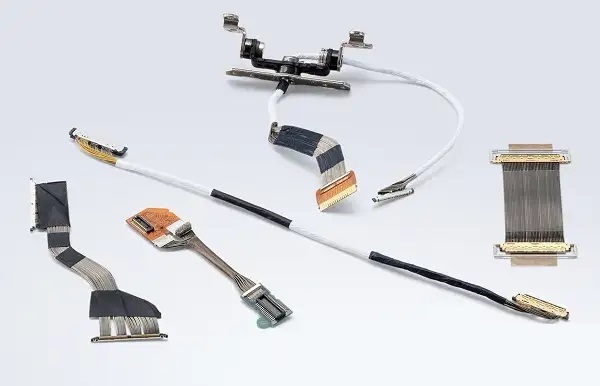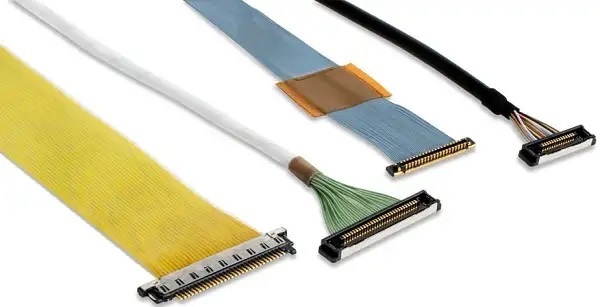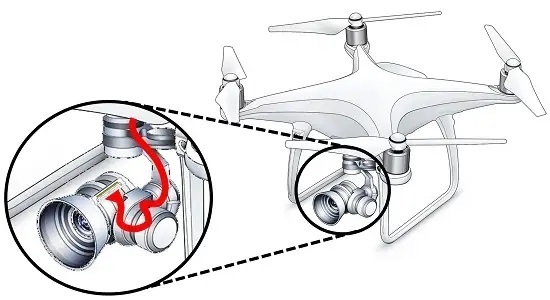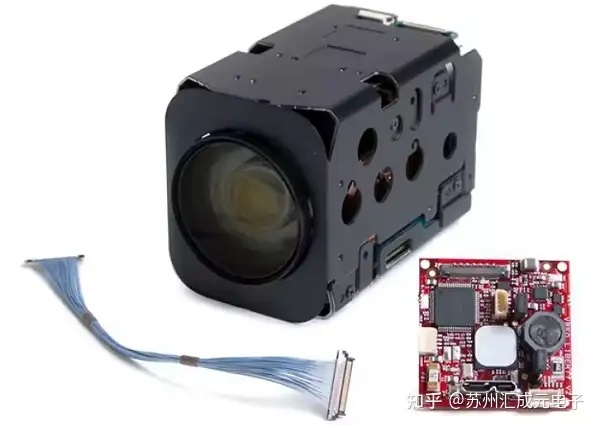Categorization:Harness Component
In daily use of electronic products, you may often hear the concept of "differential signal". Simply put, differential signal is a common high-speed signal transmission method: two wires transmit signals with the same amplitude and opposite phase simultaneously. The receiving end restores the original data by comparing the difference between the two. The advantage of this method is that external noise usually acts on both lines at the same time, while the differential receiver only focuses on the difference between the two, thereby significantly reducing the impact of interference on the signal. This is why differential transmission is widely used in high-speed interfaces such as USB, HDMI, MIPI, etc.
The core points of differential transmission
To ensure the best performance of differential transmission, it is crucial to maintain the "electrical consistency" of the two wires, including as much symmetry as possible in length, impedance, and wiring methods. If there is asymmetry, it may lead to signal distortion, increased error rates, and even the inability to stably transmit high-speed data. Therefore, whether it is PCB design or harness selection, maintaining the consistency of differential pairs is the foundation for achieving stable high-speed signal transmission.
Why choose ultra-fine coaxial cable bundles?
In compact devices such as mobile phone camera modules, tablet displays, and robot joint sensors, conventional FPC or twisted pair cables often struggle to meet the three major requirements of "high frequency, anti-interference, and small space" simultaneously. At this point, ultra-fine coaxial cable assemblies (micro coaxial cables) demonstrate their advantages: they come with a built-in metal shielding layer, effectively reducing crosstalk and external interference; they have better impedance consistency, allowing for strict parameter control during the manufacturing process, making them suitable for high-speed differential signals; their diameter is extremely small, typically only 0.3mm to 0.5mm, suitable for narrow space layouts; and they have strong transmission capabilities, supporting GHz-level high-speed data links. For this reason, ultra-fine coaxial cable assemblies are increasingly widely used in consumer electronics, medical imaging, and industrial automation fields.
Three, typical application scenarios
In practical applications, the combination of differential transmission with extremely thin coaxial cables can significantly improve signal stability: In image sensors, MIPI differential transmission ensures clear and high-speed images; medical imaging equipment has extremely high requirements for low error rates and signal stability; in automated equipment such as robot joint sensors and motion control modules, high-speed differential signals are also relied upon to achieve accurate communication and control.
Differential transmission is a core method to ensure the stability of high-speed signals, and extremely thin coaxial cable bundles are the ideal medium for this method. In the pursuit of thin and high-speed modern electronic devices, the combination of these two is gradually becoming an industry trend, providing a reliable guarantee for high-speed data transmission.
I amSuzhou Huichengyuan, Focus on the design and customization of high-speed signal cables and ultra-fine coaxial cables for a long time, committed to providing stable and reliable high-speed interconnection solutions. If you have related needs or want to learn more, please contact:Manager Yin 18913280527 (WeChat same number)。